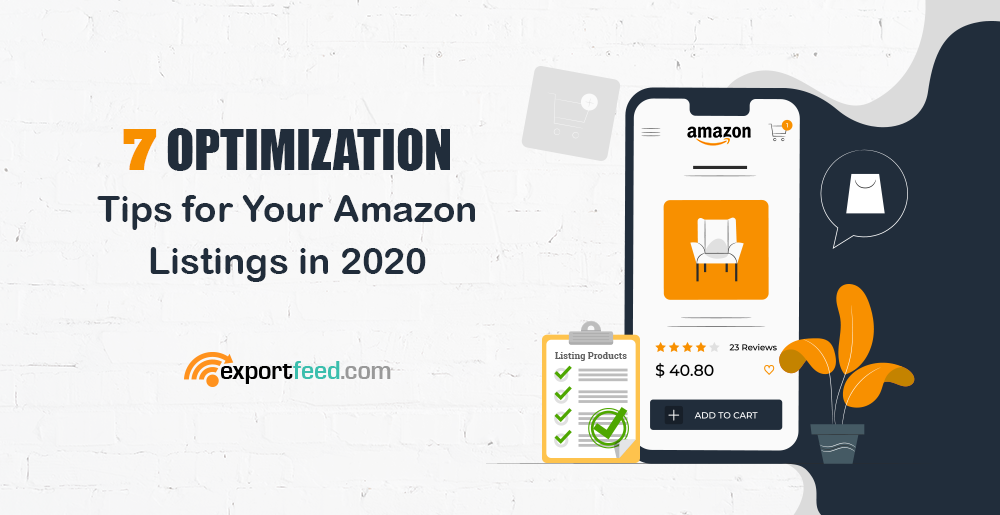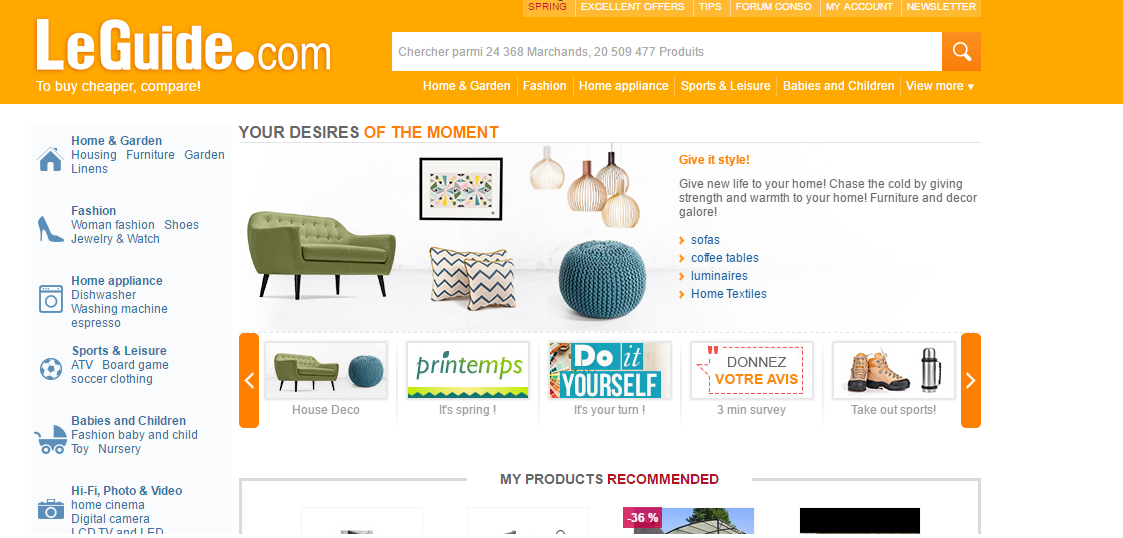
Amazon has 310 million active users worldwide. That’s quite a number.
If there’s one promising virtual-land that offers such exposure for your products, it’s Amazon.
However, a lot of factors come into play when your biggest priority is profitability.
Higher profit is always backed by a huge demand for a specific product.
Keep in mind that there’s already hundreds of thousands of competitors that may have already established themselves as the go-to for a lot of loyal customers.
That being said, here are the top 5 profitable Amazon categories in 2020.
Electronics
Around 60% of Google searches were made using a smart device last year.
The rapid advancement in technology has resulted in companies releasing new tech products almost every month.
What makes the Electronics category even more profitable is Amazon only charges an 8% commission, compared to the standard 15%.
This category includes everything from accessories and cables to audio/video devices and even vehicle electronics.
Books
It’s almost ironic to follow the Electronics category with something as primitive as books.
Books were the reason Amazon was founded in the first place and they’re not going away any time soon..
A great way of making profit on Books is waiting for Books sales especially at libraries. Invest in a number of popular books and list them on Amazon for almost double the amount.
Toys and Games
Whether it’s educational toys or Disney/Marvel-franchised games, this category is busy all year.
You can time your listing perfectly with the release of a new or upcoming kids movie for some seasonal boosts on your revenue.
Spend some time researching what kids find cool because they’re your target audience.
Listen to advertisements on the radio, TV and even YouTube to know what’s trending.
Clothing, Shoes & Jewelry
According to a survey done by QZ, here are the most popular products that were sold last year under this category
- Casual tops (68% of respondents purchased)
- Shoes (48%)
- Casual bottoms (38%)
- Athletic wear (34%)
- Accessories (26%)
- Dresses (23%)
- Underwear (24%)
Do not be demotivated by the pricey tags of huge brands. They’re not necessarily what your customers are looking for.
Amazon shoppers usually go for unique and low-costing products.
You can browse Amazon’s best selling section and see a clear view of what’s hot and what’s not.
Jewelry
This category can offer almost 50% profitability on your investment.
However, it is not as convenient as selling apparel.
While classic jewelry never really goes out of style, a lot of the top-selling jewelry are based on trends.
Make sure you’re up-to-date on the newest jewelry trends. Follow influencers on Instagram and filter out the products worth investing in.
If you want to sell fine-jewelry, however, you will need to switch to a Professional Selling Plan, and have an annual revenue of $50,000 within the Amazon platform.
Plus, you will have to pay a non-refundable deposit of $5,000.
Instead of targeting a huge audience, focus on a niche audience.













